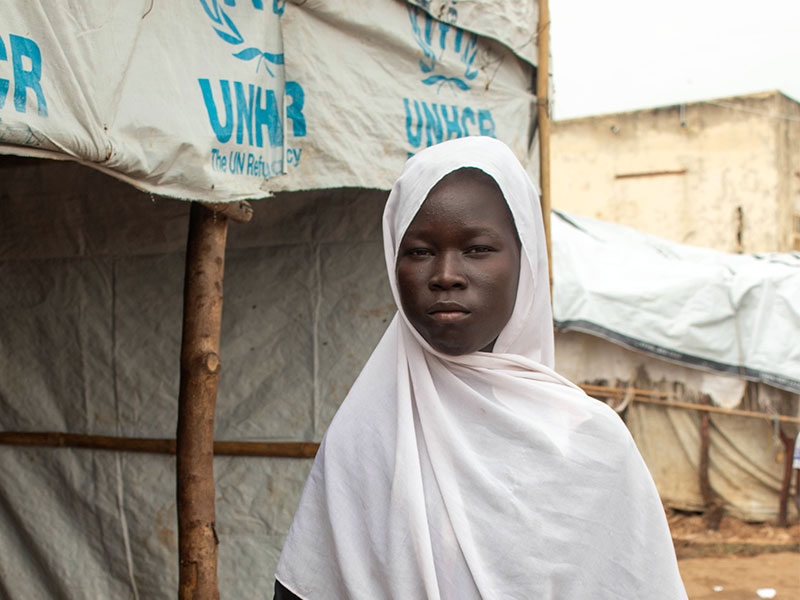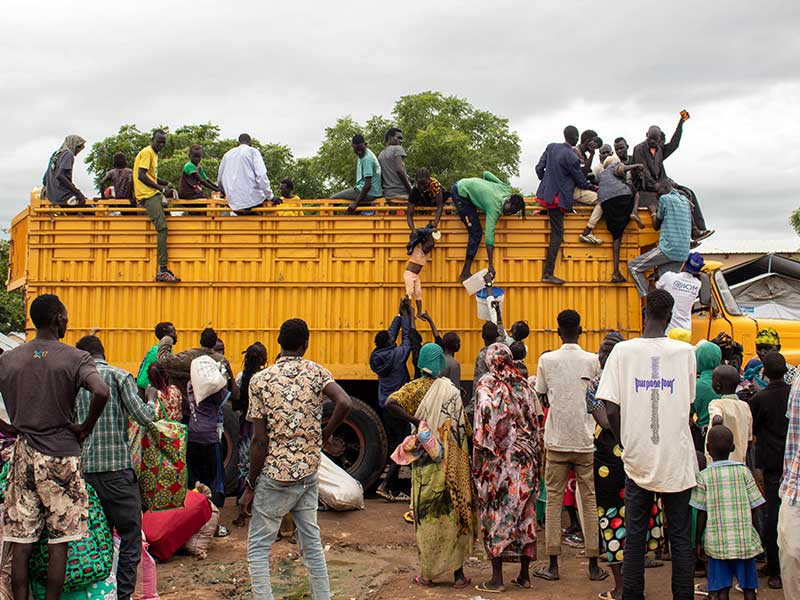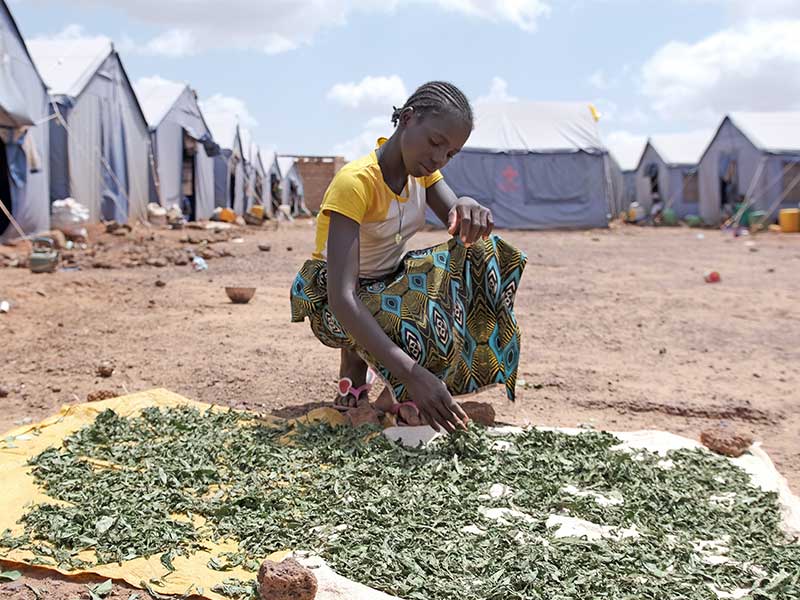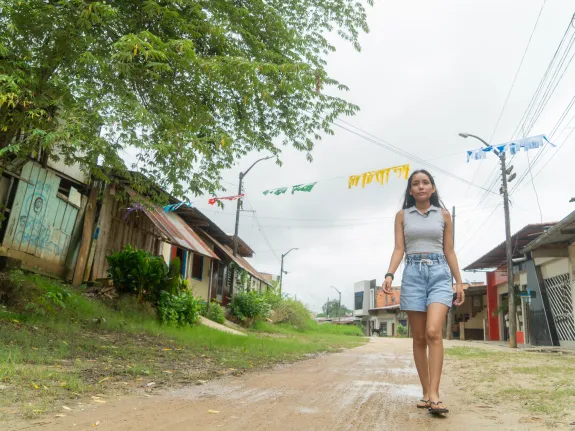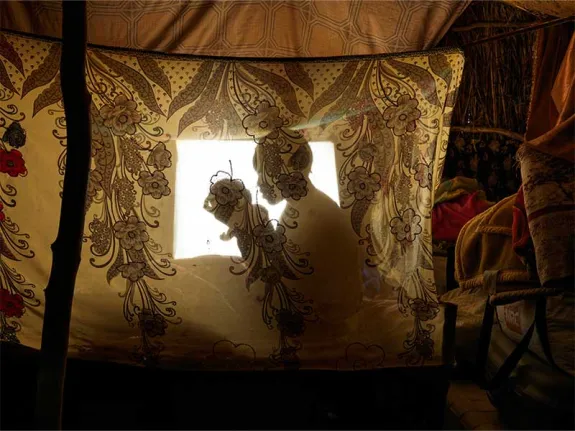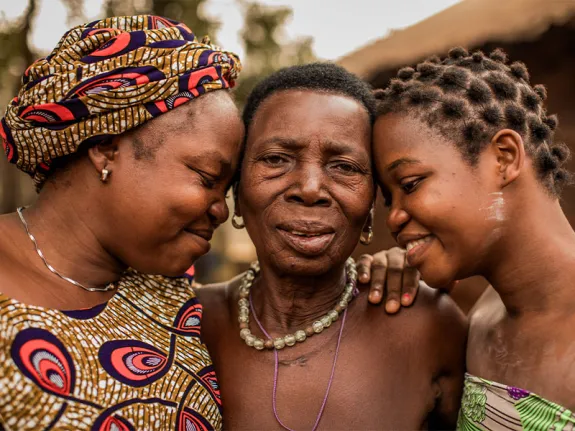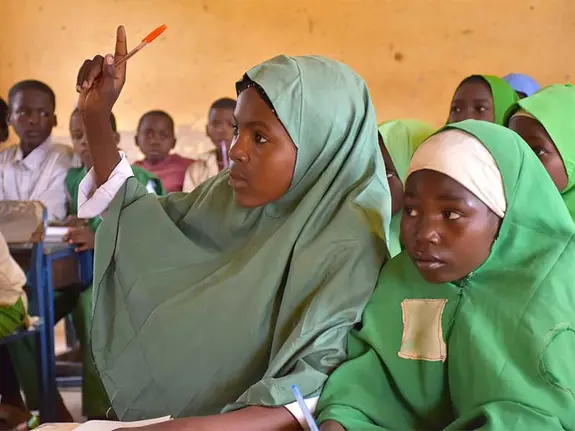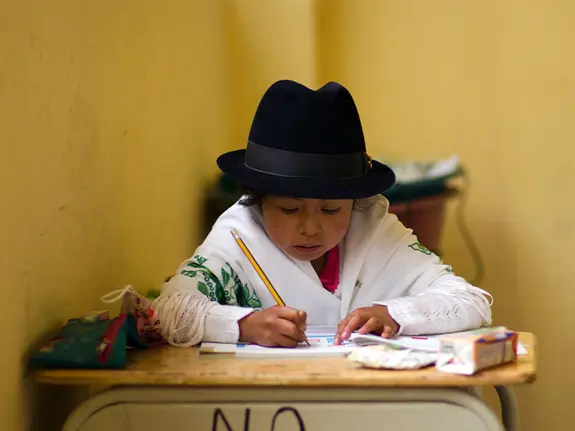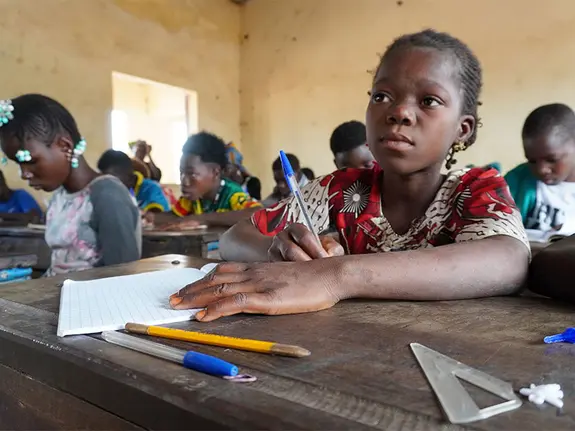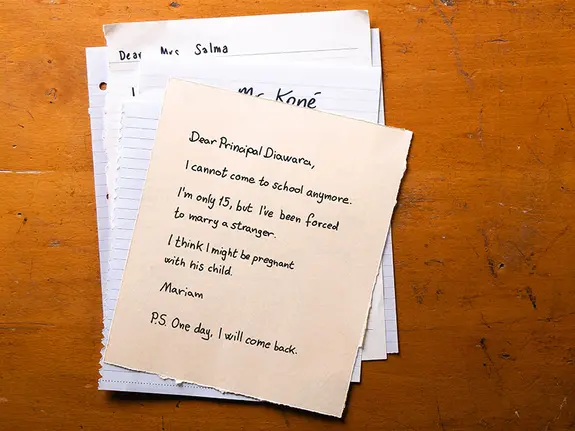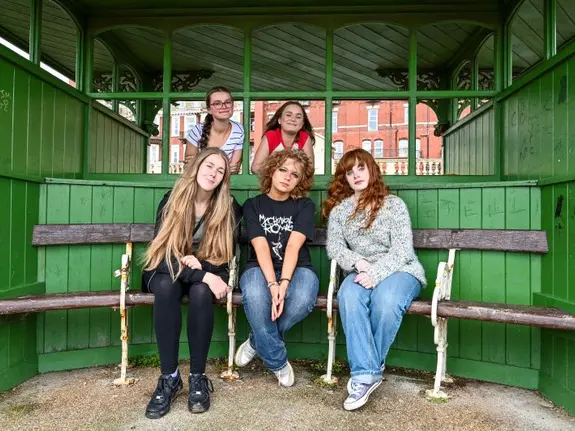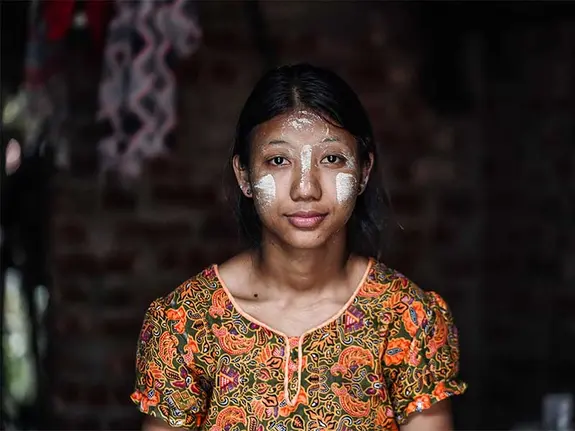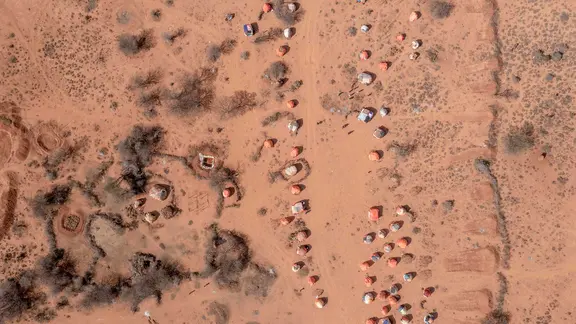
One of those impacted is 13-year-old Khadra who lives in a camp in Somaliland for those who’ve fled hunger. Two of her sisters have already been forced to marry to help make ends meet:
“I miss my married sisters. They were supposed to be here to support me. I want them to come back. The reason why they married men is because of the drought that happened to us.
“Sometimes we don’t have enough food and my younger siblings are prioritised. I sleep hungry most of the time.
“When I go to school without eating, I feel dizzy and I can't read very well in class. I don't do well in exams when I'm hungry, but when I eat, I answer questions well. Hunger affects my studies.”
Child marriage is often seen as a way to relieve financial pressures on families facing hardship. Gender inequality and customs can contribute too, but in crises like this, it is often a last resort. When girls are forced to marry, it frequently means the end of their education too.
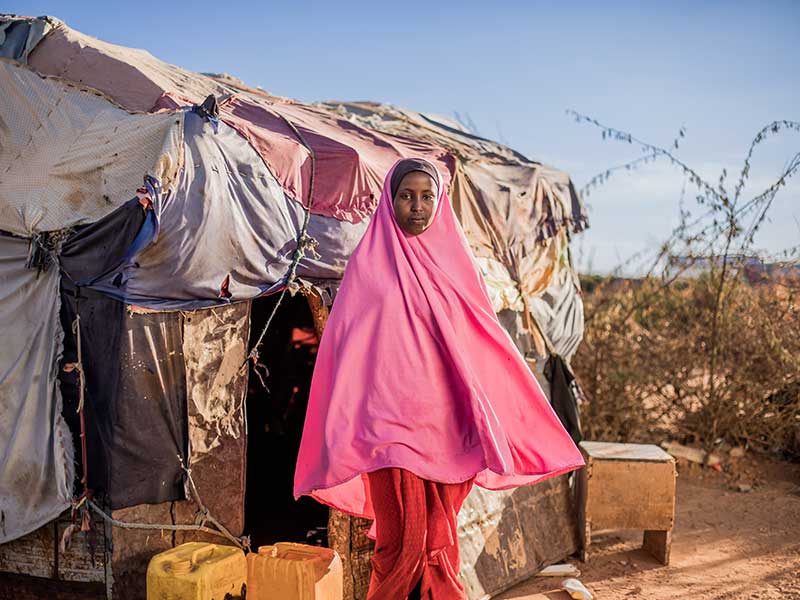
Protection through education
For Gisma, Justine and Khadra, being a girl in crisis puts them at risk of losing so much. Plan International works closely with communities to reach girls like them with timely, effective support – not just those forced to flee but all girls in crisis.
A key part of that support is about providing access to quality education. It might not be the first thing you think of girls’ needing in a crisis situation. But as Gisma, Justine and Khadra show us, education could be a lifeline for them.
Currently only 2-4% of the world’s funding sent in response to humanitarian crises goes specifically to education in emergency situations.
Plan International is helping girls in crisis to claim their right to education and stay safe from child marriage. From helping communities set up safe spaces so girls who've been displaced have somewhere to learn, to providing families with cash assistance so there’s nothing to hold girls back from going to school.
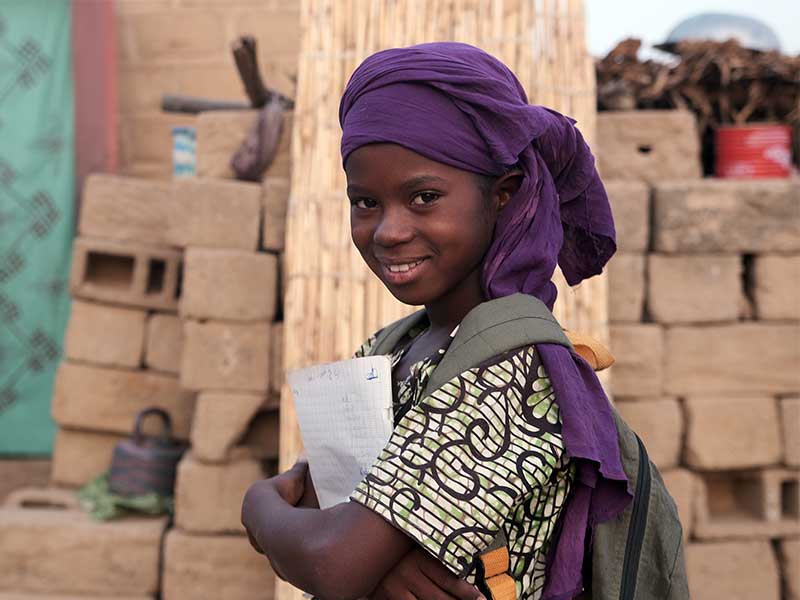
One of those girls is Salimata, 12, who lives in a camp in Mali after fleeing conflict and hunger:
“I am in my third year of primary school. I am happy to go to school because I like learning how to read, to write and I’m learning bit by bit. What I like learning about the most at school is the letters of the alphabet.
“I plan to stay at school until the seventh grade. Later, in the future, I would like to be a dressmaker, and also learn how to make soap.”
Making a difference together
A gift from you could help more girls in crisis – with what they need right now and for a hopeful future.
- Support children affected by the recent crisis in Gaza and Israel through our Children’s Emergency Appeal.
Girls like Gisma, Justine, Khadra and Salimata simply want the chance to live their lives. As Justine says:
“I ask everyone who can help us to go back home to our village to do so, so that our parents can resume their activities and us children can go back to school.”

